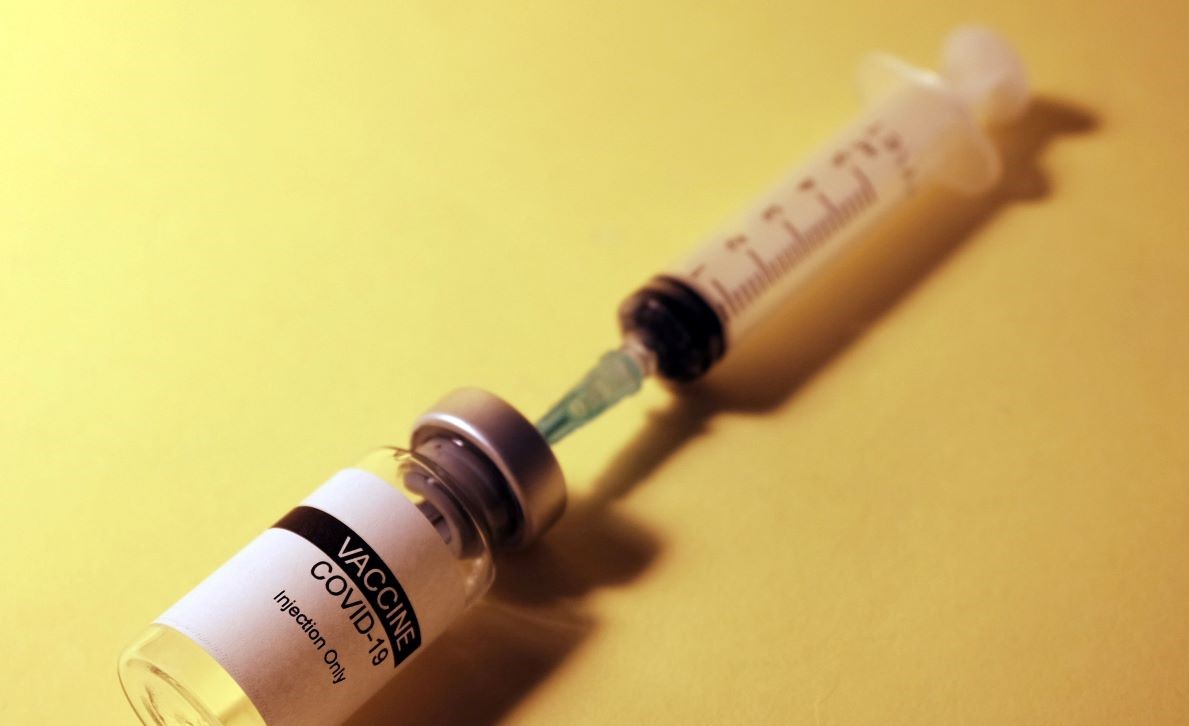An ideal vaccine would offer 100% protection, with no side-effects, and a single jab would mean life long protection. Can we expect a vaccine to match this description? Probably not.

Dr Bojan Boškovski
We have witnessed a global power struggle in vaccine procurement – who will be the first ones to obtain it, who will vaccinate faster, who will be saved and return to normal life. We are overwhelmed with information on the vaccines – from their ingredients to their efficacy. The information is changing daily, new vaccines are approved, and newer ones are awaiting approval.
This leads to an interesting question – which vaccine is better, and which one is ideal?
An ideal vaccine would offer 100% protection, with no side-effects, and a single jab would mean life long protection. Can we expect a vaccine to match this description? Probably not.
A vaccine’s task is to stimulate our bodies to create immunity by injecting different pieces of the virus which will be recognised as foreign bodies. Our bodies then build specific immunity in response. Today, we have RNA vaccines for the SARS-CoV-2 virus, and this is the first time such technology is used in vaccine creation, so we can consider them avant-garde; these are Pfizer-BioNTech and Moderna vaccines.
The mechanisms are innovative –the genetic material within the injected mRNA produces a protein characteristic to the SARS-CoV-2. The protein recognises the immune cells, and triggers a strong immune response, resulting in overall immunity to the virus.
This mechanism is new, and has not been previously seen in vaccine manufacturing. The mRNA system offers a stronger immunological response than the previous vaccines, as it activates specific receptors within the immune cells, which in turn participate in the creation of the immune response.
On the other hand, the Oxford vaccine and the Russian Sputnik V both use a viral vector which is injected into the body. The vector carries protein C, which is characteristic of the SARS-CoV-2, as the immune system develops immunity to this protein. In this case, the Oxford vaccine uses chimpanzee adenovirus. The Russian vaccine is similar, and other vaccines of the type have entered clinical trial.
The third type is the Chinese Sinopharm vaccine which is based on killed viral particles, and is a representative of more traditional vaccines, like the flu jab. It contains a chemically inactive virus, and cannot cause the illness, but it still triggers immune response in the body.
These are the three current mechanisms of approved vaccines; however, we will have more information as time passes, and only then we will be able to reach the conclusion on which vaccine is the best. We aren’t able to reach that conclusion with the information we have available now.
Firstly, vaccines are offered to a very low percentage of the population, and their long-term effects on immunity will only show over time. All vaccines are safe, however, and this is supported by clinical studies data and current vaccination practices.
In terms of immunity creation, all of them trigger the response, but with varied success. RNA vaccines offer over 90% protection, meaning 90 out of 100 vaccinated individuals will develop immunity; the Russian vaccine has similar effects according to recent data from The Lancet journal. Sinopharm has varied results, around 80% and the Oxford vaccine’s success rate is around 70%. All of the vaccines are injected in two doses, in 21–28-day intervals.
Despite varied clinical trial results, only time will tell what the efficacy of the mass vaccination is.
It is often told that vaccines with lower efficacy still stimulate the immune response, and in the case of a SARS-Cov2 infection, it will be a mild illness without complications. This is important to note, as this means the Covid virus would not cause serious illness and could be treated as a cold. We need to wait for more data to confirm this, however.
At the end of the day, which is the ideal vaccine? As with everything in life, there is no ideal solution, but it is likely that all vaccines are equally efficient and safe. And if the majority of the population is vaccinated, the virus will be faced with a serious obstacle, and only then will we be able to defeat this pandemic.
Dr Bojan Boškovski, neurologist and WHO National Coordinator



Leave A Comment